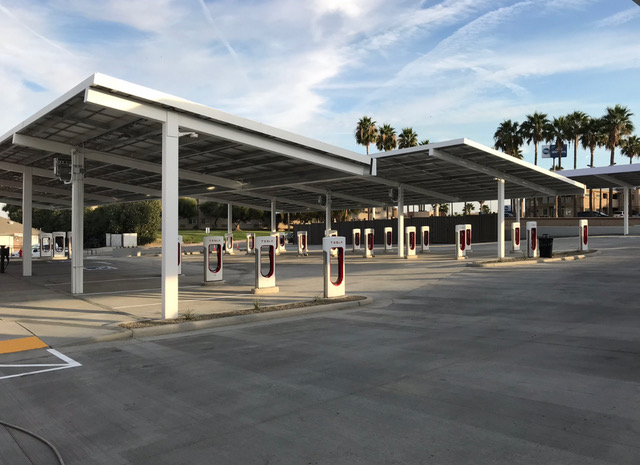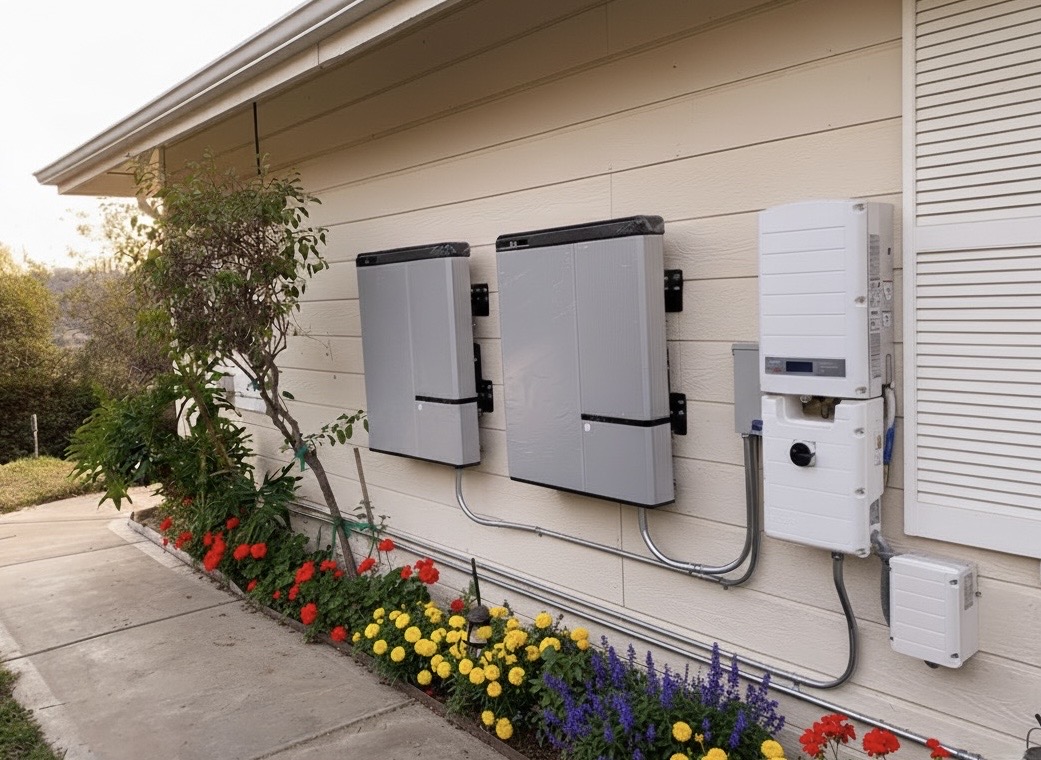Residential EV Charger Installation in Atwater Village
Power up your EV at home with a safe, fast, and code-compliant Level 2 charger installed by Shaffer Construction, Inc. We know Atwater Village—from the Hyperion Bridge to Glendale Boulevard's caf\u00e9s and the LA River bike path—and we design neat, reliable installations that fit the character of your Craftsman, Spanish Colonial, or bungalow home. Our licensed electricians handle everything: load calculations, panel upgrades, permits with LADBS, and clean conduit runs to detached garages common on streets like Edenhurst, Revere, and Brunswick. Expect clear communication, predictable timelines, and a worry-free inspection. Enjoy the convenience of home charging and lower fuel costs, installed by a local team you can reach any time.
Our Work



Benefits
Charging Solutions Built for Tomorrow
We design EV charging with tomorrow in mind. Our installations support smart load management, Wi‑Fi/Bluetooth connected EVSE, and scalable capacity for a second EV. When panel space is tight, we can integrate load-sharing equipment or smart panels to avoid full upgrades. We use UL-listed Level 2 chargers (240V), 40–60A dedicated circuits where appropriate, and oversized conduit for easy future pulls. For outdoor locations, we specify NEMA 3R enclosures and weatherproof hardware to withstand Atwater’s summer heat and ensure reliable, efficient charging year-round.
Permits and Local Compliance Handled
Shaffer Construction manages the entire permitting path with LADBS, aligning with California Electrical Code (Title 24, Part 3) and NEC Article 625 for EV supply equipment. We ensure required GFCI protection in garages (CEC 210.8), proper grounding and bonding, conductor sizing with temperature derating, and labeling. For service or panel upgrades, we coordinate with LADWP and schedule inspections to fit your calendar. Our documentation—load calcs, one-lines, site plans—streamlines approvals and helps deliver an on-time inspection sign-off.
Expert, Trusted Workmanship
We install with premium materials and meticulous workmanship: copper THHN/THWN‑2 conductors, EMT or Schedule 40/80 PVC as conditions require, stainless or hot-dip galvanized hardware, and UL-listed fittings. Breakers from trusted brands (e.g., Square D QO, Siemens) are torqued to spec and circuits clearly labeled. We recommend whole-home surge protection and use GFCI-protected 240V receptacles for NEMA 14‑50 configurations. Expect neat conduit runs, sealed penetrations, and paint-matched exterior conduit for a clean, durable finish that complements your home.
Custom Assessments for Every Home
Every Atwater home is different. We begin with a detailed site assessment, load calculation, and charger placement plan that considers driveway layout, detached garages, alley access, and existing subpanels. We sketch conduit routes that minimize wall penetrations and preserve finishes on stucco and siding typical of Spanish Colonial and Craftsman exteriors. You’ll receive a clear scope, cost, and timeline before we begin. If a panel upgrade or load-management device is smarter than a full service change, we’ll propose the most efficient path to approval and performance.
What We Offer
Frequently Asked Questions
Do I need a panel upgrade for a Level 2 charger in my Atwater Village home?+
Not always. We perform a load calculation per CEC Article 220 to see if your existing panel (often 100A in older homes) can support a 40–50A circuit. If capacity is tight, options include smart load management, adding a subpanel, or upgrading to a 200A main. We’ll present the safest, most cost-effective path before permitting.
How long does the whole process take—from booking to plugging in?+
Most residential projects take 2–4 weeks end-to-end, including LADBS permitting. The actual installation typically takes 1–3 days depending on conduit runs, panel work, and charger type. Panel upgrades, trenching to a detached garage, or coordinating with LADWP can add a few days, but we build a clear schedule before work begins.
Can you install a charger in my detached garage accessed from the alley?+
Yes. Detached garages are common in Atwater Village. We survey the route, choose EMT or PVC conduit, and determine whether trenching or overhead is best based on code and site conditions. We also evaluate existing subpanels, add grounding upgrades as needed, and position the charger for convenient cable reach without obstructing parking.
Will visible exterior conduit hurt my home’s look?+
We plan conduit routes to be discreet—hugging eaves, fence lines, or side elevations. We use tight bends, paint to match, and weatherproof fittings. Where feasible, we place conduit on less-visible elevations or inside walls/attics. Our goal is a clean, code-compliant installation that respects the character of your Craftsman or Spanish Colonial home.
Are there rebates or incentives available for home EV chargers?+
Programs change, but LADWP has historically offered residential EVSE incentives. We’ll help you choose UL-listed, networked models that may qualify and provide documentation for your application. We can also advise on time-of-use rate plans to reduce charging costs. Ask us about current options during your consultation.
Ready to Get Started?
Contact us today for a free consultation and quote on your electrical project!
Contact Us